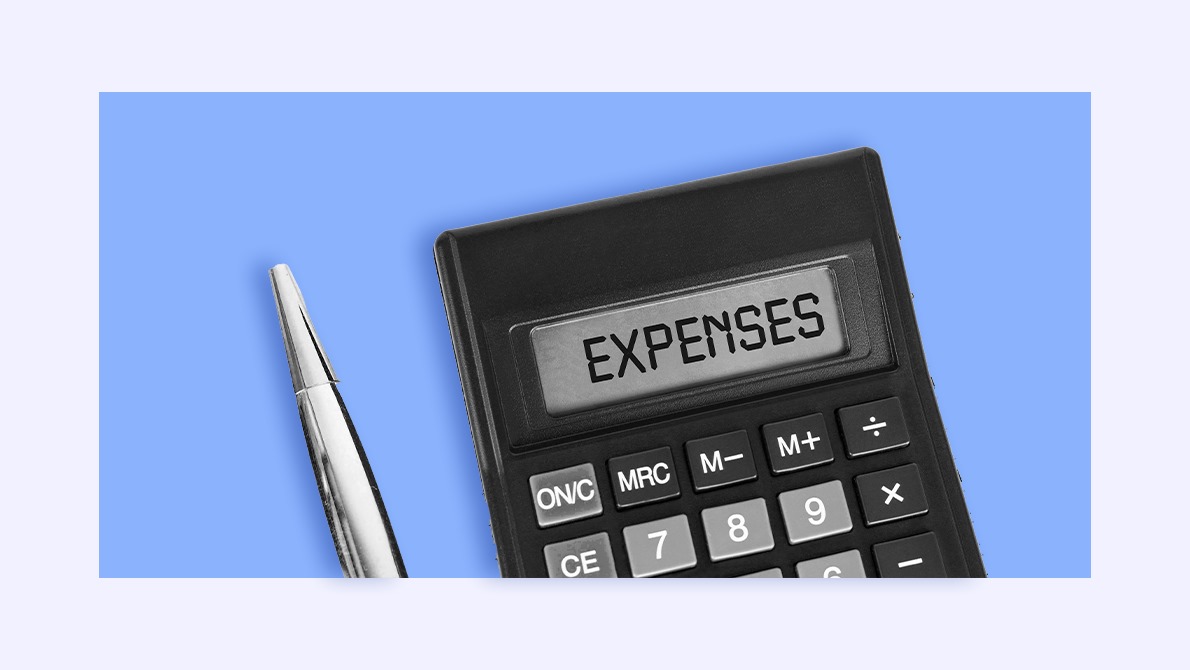Planning a business trip soon? Business trips take much longer to plan than family trips, especially if the company is travelling to multiple locations. Not to mention, every employee has a different schedule, possible health complications, and preferences for stay and food.
A business travel management tool is a cost-effective alternative to travel agents that can help travelling businesses streamline the entire process.
It covers everything from arranging the necessary bookings, managing travel expenses, and ensuring compliance with corporate travel policies.
Best Business Travel Management Tools to Use
Here’s a list of some of the best travel management tools today.
Xpence
Xpence is a vetted and trusted provider of expense management solutions geared for companies. Xpence’s business-friendly expense management tools are preferred among all types of companies because they offer tremendous versatility at a cost-effective price, packaged in a highly intuitive and easy-to-use interface.
With Xpence’s virtual cards, businesses no longer need to bother with tedious back-and-forth communication, reports, and payments with their employees. Everything can be optimised and automated according to the company travel policy, and to top it off, you can do this entirely from your mobile phone or from the desktop via the Xpence app.
Xpence offers distinctive experience in data security, spending insights, reports, and streamlined payments for its price range. To get started, you only need to open an Xpence account.
| Unique Features | Pros | Cons |
|
|
|
TravelBank
TravelBank is a cost-saving travel and expense management platform. It offers end-to-end solutions for users based on their designation or industry. You can set parameters, budgets, and approvals for employees to manage travel expenses within the company’s policy. The platform centralises expense reports and provides detailed insights for finance departments.
Best-suited for: Small to medium-sized businesses that want a budget-friendly travel and expense management tool with a strong emphasis on cost savings.
| Unique Features | Pros | Cons |
|
|
|
Rocketrip
Rocketrip is a NY-based online travel agency that offers business-friendly travel and expense management solutions. It uses real-time travel data to forecast trip costs and suggest cost-saving travel options while ensuring employee safety and compliance with travel policies.
The Insights dashboard lets Managers access real-time reports on bookings, travel cost savings, and spending behaviour. The dashboard makes tracking expenses easy and sends customised spending alerts to teams.
Best-suited for: Businesses looking to incentivise cost-conscious travel behaviour and reduce expenses while offering employees travel options.
| Unique Features | Pros | Cons |
|
|
|
Rydoo
Rydoo is a versatile travel management tool that integrates travel bookings and expenses. It automates expense management with spending limits and warnings. Rydoo has a vast integration network, allowing users to manage all expenses in one place. It’s known for its mobile-friendly interface.
Best-suited for: Small to medium-sized businesses seeking a streamlined solution for travel and expense management with a strong focus on user-friendliness and integration.
| Unique Features | Pros | Cons |
|
|
|
Egencia
Egencia, supported by American Express Global Business Travel, provides tailored travel management solutions for various industries. Their tech-driven approach streamlines travel and expense management with tools for expense compliance and policy alignment.
While geared towards medium to large enterprises, small businesses with limited travel needs may find the platform too comprehensive.
It is best suited for medium to large companies requiring industry-specific travel management and in-depth reporting, especially in technology, healthcare, and finance sectors.
| Unique Features | Pros | Cons |
|
|
|
Serko Zeno
Serko Zeno is an all-in-one platform for businesses with complex travel requirements. It offers advanced features like mobile accessibility and integration with other business tools. Serko Zeno streamlines flight, hotel, and car bookings, cancellations, and expense tracking tasks. It also offers features like shortlisting the best match according to company policy, pre- or post-ticketing changes, unused ticket credits, best rates of the day on every search, and traveller tracking.
It is best suited for medium to large companies looking for advanced travel and expense management capabilities focusing on efficiency and advanced features.
| Unique Features | Pros | Cons |
|
|
|
Corporate Travel Management (CTM)
Corporate Travel Management provides all-in-one travel and event management services, ideal for global businesses attending/hosting overseas events. Services include travel booking, expense and risk management, policy compliance, and safety monitoring/assistance.
Best-suited for: Corporate Travel Management is an ideal choice for medium to large companies seeking a comprehensive, end-to-end solution for managing corporate travel, meetings, incentives, and events.
| Unique Features | Pros | Cons |
|
|
|
American Express Global Business Travel
American Express Global Business Travel is a leading player in the travel management industry, offering an all-in-one platform for expense and corporate travel management, meetings and events, and business consulting services. Pros include tools for event planning, risk management, and incentives for top performers.
However, it’s expensive and not budget-friendly, with varying costs based on the required services. Despite this, it’s a comprehensive solution for all business travel needs.
Best-suited for: GBT is ideal for large multinational corporations seeking a full-service, globally recognised travel and expense management solution. It is particularly well-suited for organisations with extensive international operations that require a partner with a broad global presence.
| Unique Features | Pros | Cons |
|
|
|
SAP Concur
SAP Concur is a travel and expense management platform that streamlines business travel. It offers tailored solutions for customised expense management, automates expense tracking and invoice approvals, and provides advanced reporting.
With advanced AI algorithms, it analyses transactions in real-time to improve compliance, find cost-saving opportunities, and identify blind spots in the budget. It offers plans for businesses of all sizes and has a unique VAT analytics technology for real-time VAT recovery breakdown.
Best-suited for: All companies ranging from small enterprises to Fortune 500 companies.
| Unique Features | Pros | Cons |
|
|
|
Carlson Wagonlit Travel
Carlson Wagonlit Travel provides solutions for travel bookings, events, meetings, and expense reports. It has a global presence and leverages technology to cater to diverse needs, making it ideal for medium to large enterprises with international operations.
| Unique Features | Pros | Cons |
|
|
|
Final Thoughts
Selecting the right partner for your corporate travel bookings and expense management is crucial as it can save companies time and money.
Whether you’re a small business looking for a budget-friendly solution or a multinational corporation with complex international travel requirements, there is a travel management tool that suits your size, industry, and preferences.














